Having quick and safe access to your firearm inside your vehicle is important for many gun owners. A car gun holster mount gives you that peace of mind, letting you reach your weapon without delay when it counts. But if that mount isn’t solid, you’re risking more than just frustration. A loose or wobbly holster can shift around, making it useless when you need it the most. Even worse, it can damage your gun or vehicle or create unsafe situations during a sudden stop or turn.
The good news is that most of those problems can be avoided. With the right mount, proper setup, and a little maintenance, it’s possible to get a smooth, stable fit that won’t slide or shift over time. Whether you’ve tried a few setups already or you’re new to car mount installation, getting it right the first time matters. Let’s break down what to look for and what to avoid so your setup stays secure and reliable.
Choosing The Right Gun Holster Mount
The mount you choose plays a big role in how stable your setup feels. Not every mount works well for every car or every weapon. Before drilling holes or sticking on adhesive strips, take a step back and consider a few things.
Here are some of the most important features to look for when picking a car gun holster mount:
- Size and fit: Some mounts only fit certain handgun sizes or shapes. Make sure the mount you get holds your firearm firmly without being too tight or too loose.
- Placement options: Look at your car’s interior and think about where your hand can reach quickly. Some folks prefer having it beneath the steering wheel. Others go with a mount attached to the center console or under the dash.
- Material and grip: You want materials that can handle heat and cold, plus enough grip so the mount doesn’t slide once it’s in place. Rubber-coated magnets or textured surfaces tend to help reduce slipping.
- No-scratch design: The last thing you want is damage to your firearm or interior. Make sure the mount won’t scuff or wear down either one.
A lot of gun owners end up grabbing a mount on the fly, only to realize later it wasn’t a good match for their weapon or vehicle. For example, someone might install a thin plastic mount only to discover it flexes too much on bumpy roads. That’s frustration you can avoid by planning ahead.
It’s also worth thinking about any features that improve safety. A good car gun holster mount should hold the gun snugly even when you hit a pothole or slam the brakes. If you’re second-guessing whether it’ll stay put, it’s probably the wrong model for your setup.
Proper Installation Techniques
Once you’ve chosen a solid mount, the next step is securing it in place. A good product won’t mean much if it’s not installed correctly. Even strong mounts can fail if they’re attached too loosely or if placed in a weak spot.
Here’s a simple step-by-step to keep you on track:
1. Decide where you want to place the mount based on comfort and quick access. Test out the reach with an unloaded firearm first.
2. Clean the surface thoroughly to clear out any dust, oil, or leftover cleaner. A clean spot makes adhesives stick better and gives screws a firmer grip.
3. If you’re using screws, check what’s behind the surface before drilling. The last thing you need is hitting a wire or breaking a vent.
4. Slowly install the mount using the hardware or adhesive included. Tighten screws carefully so you don’t crack any plastic or strip the holes.
5. After it's mounted, insert your firearm and gently test for wiggle or movement. Drive around the block and check if the mount holds under motion.
Let it set overnight if it uses adhesive before putting your firearm in place. That way, the mount has time to bond fully to the surface. Test the holster mount periodically in the days that follow to make sure it’s not shifting.
One tip: don’t assume adhesive is a one-size-fits-all solution. In high heat, some adhesives can soften, and in the cold, they might harden and snap loose. Make sure your car’s climate and usage style match the mounting hardware you’re using.
All in all, a secure mount starts with good prep. You don’t need to rush this step. A few extra minutes up front will save hours of fixing problems or hunting down replacement parts later on.
Enhancing Stability Post-Installation
Once the mount is in place, the next step is keeping it stable over time. There are a few things you can do to make sure your setup doesn't budge.
- Use supplemental materials: Adding extra padding or liners between the mount and your car’s surface can prevent movement. Look for rubber pads or strips that help with grip.
- Inspect regularly: Every so often, check for loosened screws or weakened adhesive. Look for signs of wear, and give everything a good once-over with every seasonal change.
- Account for variations: Cars have different interiors and designs, which can affect mount stability. Don't hesitate to move things around until you find a more resilient spot.
Adjusting for changes in weather and routine maintenance can go a long way. For example, if you’ve got a car with a sleek dashboard and you're in a place with hot summers, the heat can make certain adhesives less reliable. Regular checks let you catch these issues early on.
Avoiding Common Mistakes
Skipping necessary steps or getting complacent can mess up your setup. Here's how to keep things smooth and avoid potential problems:
- Watch out for bad placements: Double-check that your mount doesn’t block airbags or interfere with your line of sight. These are safety hazards waiting to happen.
- Don’t rush the job: Skipping crucial steps during installation might save time but could lead to errors. Always follow the complete installation method provided with the product.
- Be cautious when choosing materials: Using materials that degrade quickly can make the mount useless. Ensure everything from adhesives to screws matches your requirements.
For those troubleshooting mounting issues, start by checking for any loose components or misalignment. A common example is when a user fixes a mount, but the vehicle's vibrations still cause trouble, particularly with magnetic mounts. Re-evaluating where and how securely the mount is fixed often resolves these issues.
Keeping Your Gun Holster Mount Effective
To maintain the effectiveness of your car gun holster mount, routine efforts should be a part of your practice. Consider these helpful tips to keep your mount in good condition:
- Routine inspections: Regularly examine your mount for signs of wear and secure attachment. Pay special attention to any changes after time and use.
- Cleaning and care: Wipe the mount clear of dust or debris that could undermine grip. A simple cloth can help without causing damage.
- Adapt over time: With new models of vehicles or changes in usage, minor tweaks might be necessary. Keep an open mind to modifying your setup when needed.
These steps ensure that your car gun holster stays reliable for the long haul. Proper maintenance doesn’t take much time and keeps things secure, offering both practicality and peace of mind during your travels. You can enjoy the convenience knowing that with a few checks now and then, your mount remains firm and functional for the journey ahead.
Ensure your comfort and safety by choosing the right solution for your vehicle's security needs. Explore our collections to find the right gun holster mount for a car that matches your setup. VULCAN Arms offers options designed to give you confidence and easy access while you're on the road.
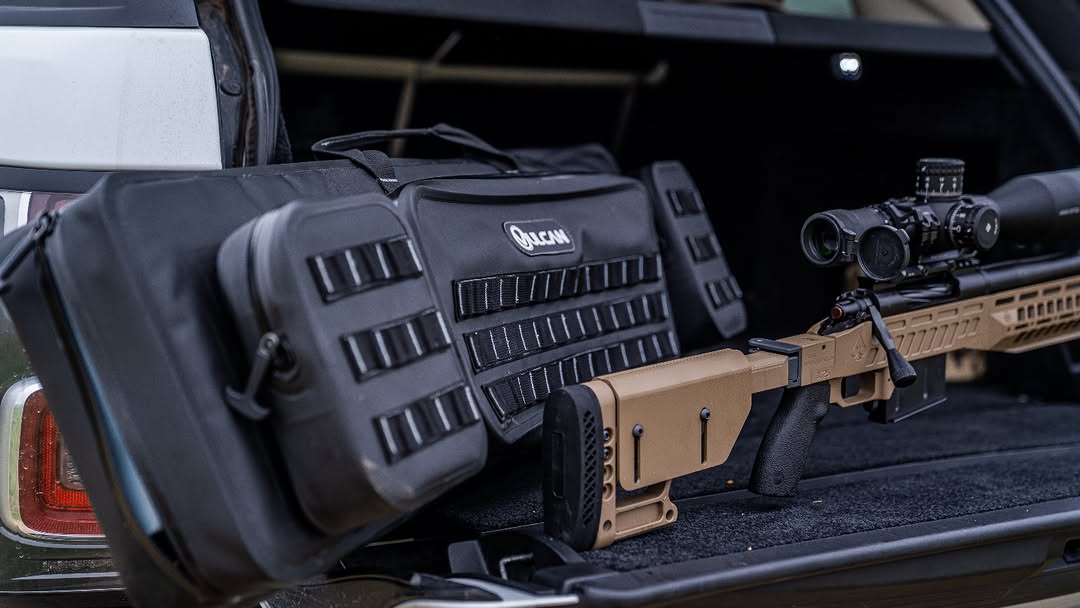




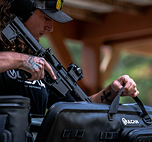
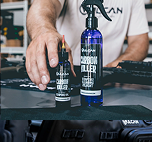
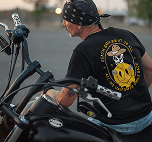
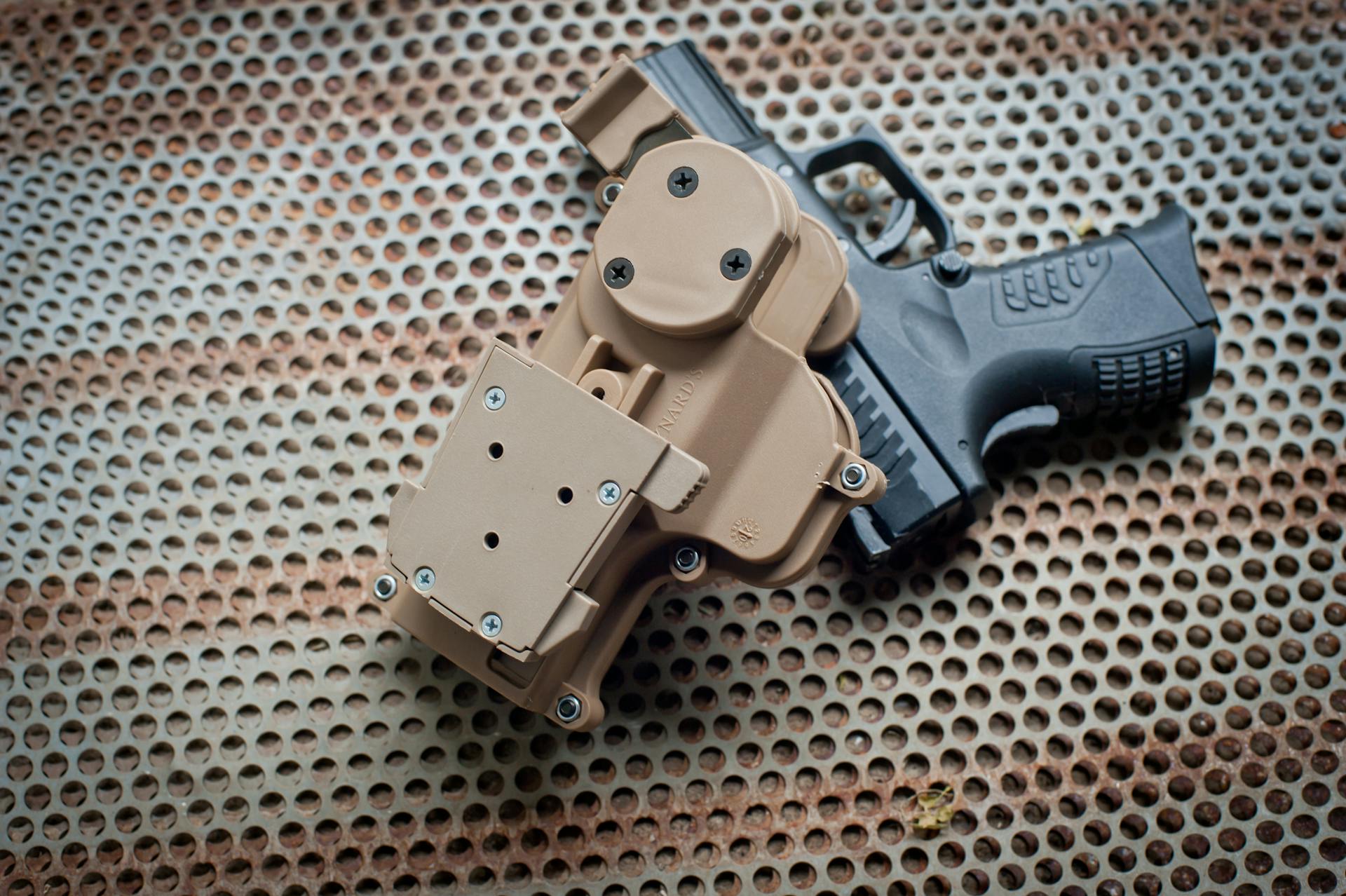
Share:
Troubleshooting Magnetic Gun Holder Placement
Repairing Damaged Car Holster Mounts